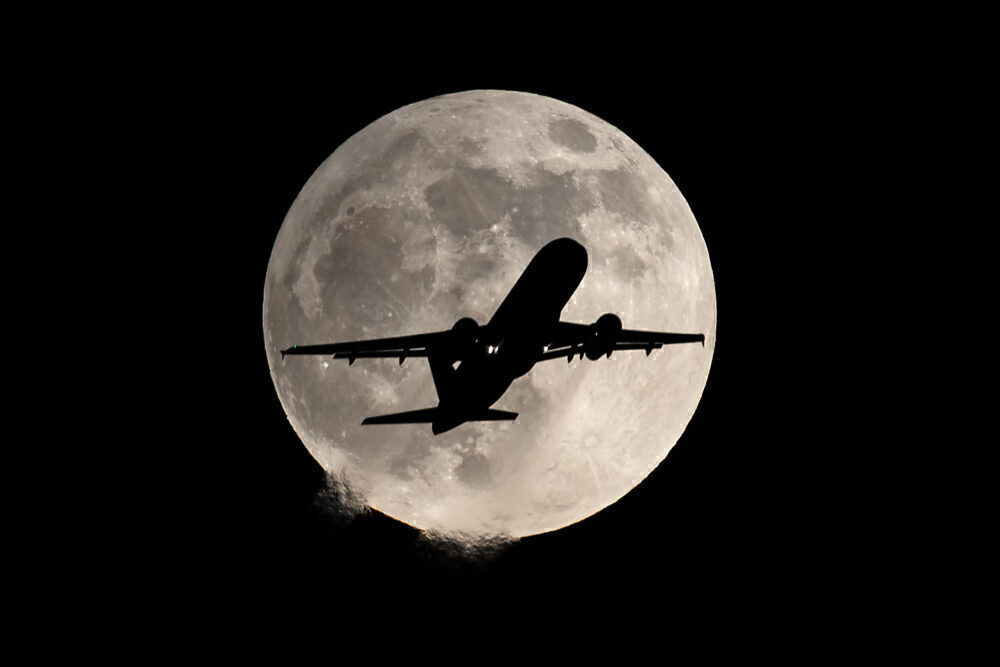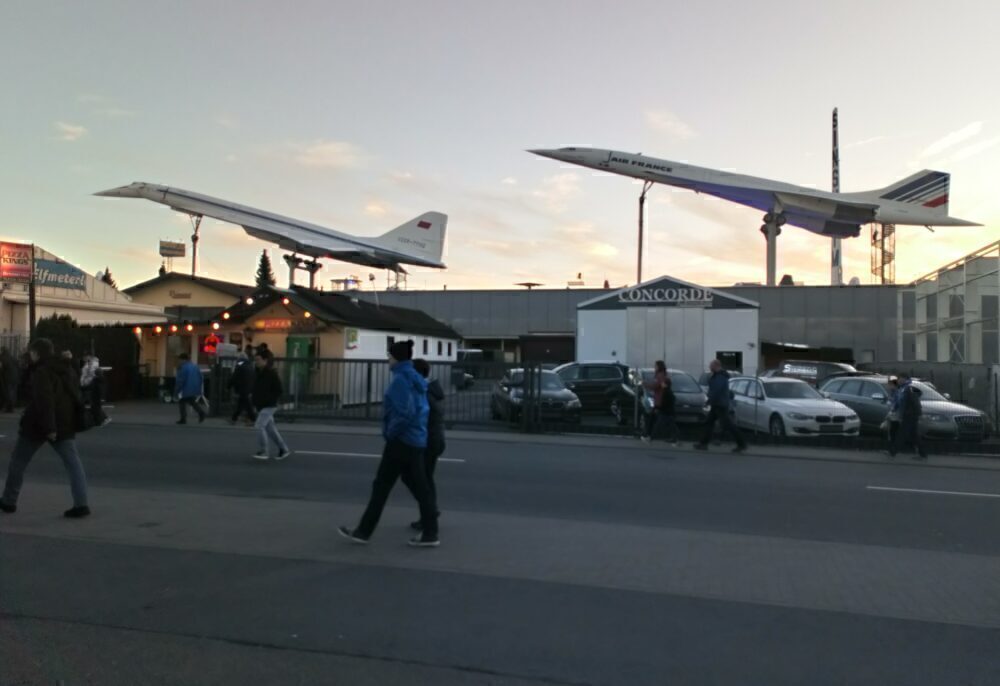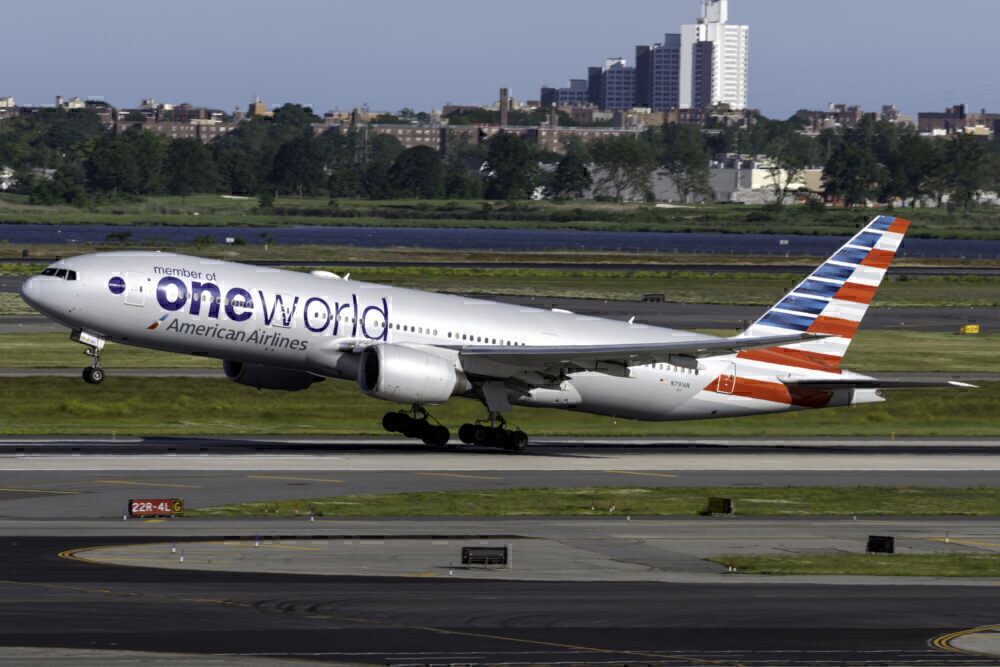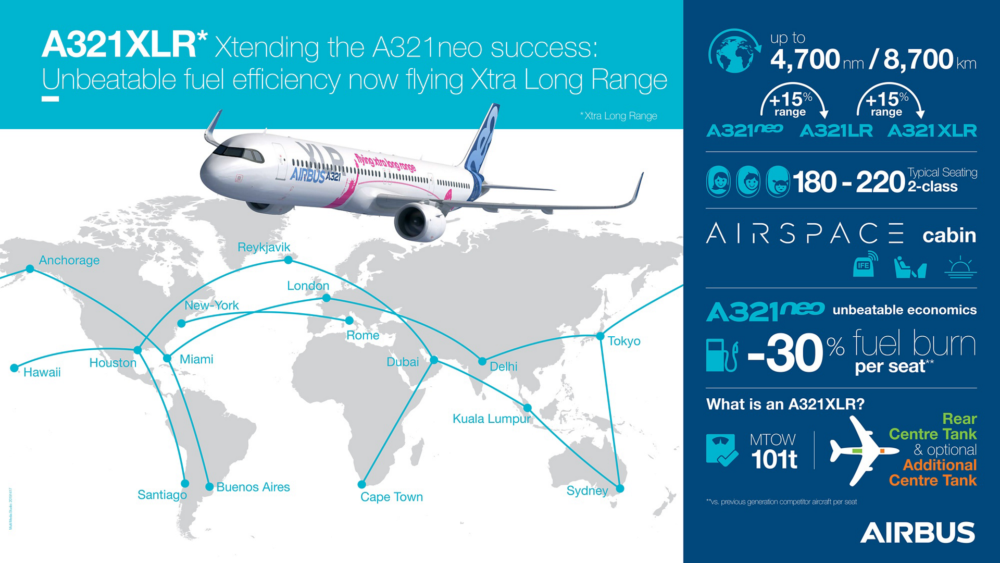Commercial aviation is an industry in which companies are continuously looking to the future. This outlook has led to the rapid development and implementation of some innovative changes and ideas over the years. Even with the industry currently finding itself in turbulent skies due to the ongoing coronavirus pandemic, it retains this forward-thinking nature. With this in mind, how different will the airline industry be when we reach the middle of the century in 2050?

A new dawn for supersonic flight?
When considering the future of commercial aviation, the prospect of the return of supersonic flight is often a hot topic. Of course, this is an area in which the industry has already built up decades of experience. For 27 years, between 1976 and 2003, the legendary British-French jetliner Concorde inspired the world by making supersonic travel a reality.
Concorde was one of two supersonic jetliners developed around this time. Its Soviet competition was the Tupolev Tu-144, although this had a shorter and less successful career. Nonetheless, both of these aircraft represent staggering technological achievements for their time. After all, they entered service less than a quarter of a century after the de Havilland Comet became the world’s first-ever commercial jetliner in 1952, marking the dawn of the jet age.




Aerion and Boom lead the way
While it has sadly been nearly two decades since Concorde last flew commercially, the chance of similar aircraft returning seems promising. Indeed, earlier this year, the FAA proposed a ‘final rule’ to help facilitate the return of commercial supersonic travel.
This will have come as welcome news to companies such as Boom Supersonic. This Denver-based startup is currently developing a supersonic jetliner known as the ‘Overture.’ Last October, it revealed a 1:3 scale demonstrator aircraft, and it hopes to have the Overture in commercial service by 2030. Going forward, it even hopes to produce a supersonic Air Force One!
Stay informed: Sign up for our daily and weekly aviation news digests!




Reno-based Aerion is another company hoping to enter the supersonic market in the coming years. Its proposed AS2 business jet will be more exclusive than the Boom Overture, seating just 8-12 lucky passengers. The aircraft recently finished wind tunnel testing, and NetJets has signed a Memorandum of Understanding for 20 units. Aerion hopes to begin production in 2023, meaning that, by 2050, it is likely that commercial aviation may have a strong supersonic market.
A greener industry
Many aviation companies have also set 2050 as an environmental milestone, making net-zero emissions commitments for the year in question, or earlier. They will look to do so through various means, including carbon offsetting, new technology, and biofuels. Those involved include airlines and their alliances, manufacturers, and even airports themselves.




However, in 2019, Lufthansa CEO Carsten Spohr criticized this target as being too distant. He believes, instead, that carriers should focus such action on the here and now. In any case, even today, both airlines and their customers are becoming increasingly environmentally-driven when it comes to decision-making. With 2050 eyed as a concrete target for many companies to reduce their footprint, such trends are likely to grow as the year edges closer.
Next-generation seat technology
The very nature of how we travel on aircraft may also be subject to extensive changes over the coming decades. Companies are increasingly looking to the future to find more space-efficient ways of increasing capacity, without jeopardizing passenger comfort.




This appears to be an area with significant market interest. Indeed, Simple Flying reported earlier today that Zephyr Aerospace had achieved 700% of its crowdfunding goal for its solution. Zephyr’s proposed cabin consists of double-decker economy class seats that, believe it or not, even promises the comfort of a lie-flat bed!
Several other design companies have also thrown their hats into the proverbial ring to showcase their proposed solutions. For example, London-based Factorydesign’s airLair seat is based on a double-decker concept, in which premium passengers would sit in a cocoon-shaped pod.
On the other hand, with cargo having taken on increased importance over the past 12 months, Airbus has patented a more flexible solution. The European manufacturer has proposed a system of folding seats, which operators can easily move throughout the cabin to create more or less cargo space where necessary. It will be interesting to see which concepts surface by 2050.




Changing long-haul aircraft trends
The events of 2020 may also prove to leave a lasting mark on commercial aviation in terms of the aircraft deployed on long-haul flights. As the ongoing coronavirus pandemic caused passenger numbers to fall, many airlines began to move away from larger and older four-engine such as the Airbus A340, A380, and Boeing 747.
Concurrently, Airbus has been making significant steps forward with its proposed A321XLR. This has been touted as a potentially game-changing aircraft for the long-haul market. As such, the coming decades may well see an increasing trend towards this and other long-haul narrowbodies. Airbus has even revealed a specialized cabin for such operations. This commitment suggests that the long-haul narrowbody market may well boom by 2050.




On the other hand, we may see new aircraft altogether come into their own. As we have already touched on, environmental factors are likely to become increasingly important in aircraft production in the coming decades.
With this in mind, Airbus celebrated Zero Emissions Day 2020 by revealing three innovative concept aircraft. These futuristic, hydrogen-powered designs are known as the ZEROe family, and the European manufacturer plans for them, as the name suggests, to produce zero emissions inflight.
On the whole, there are few industries as exciting as commercial aviation when it comes to the development of new technologies. Going forward, the concepts that we have explored, along with many others, will hopefully benefit both airlines and their passengers, as well as the planet itself. However the aviation looks in 2050, it will certainly be a fantastic one to be part of.
What do you think the aviation industry will look like in 2050? Will it be completely different to now, surprisingly similar, or somewhere in between? Let us know your thoughts and predictions in the comments!



